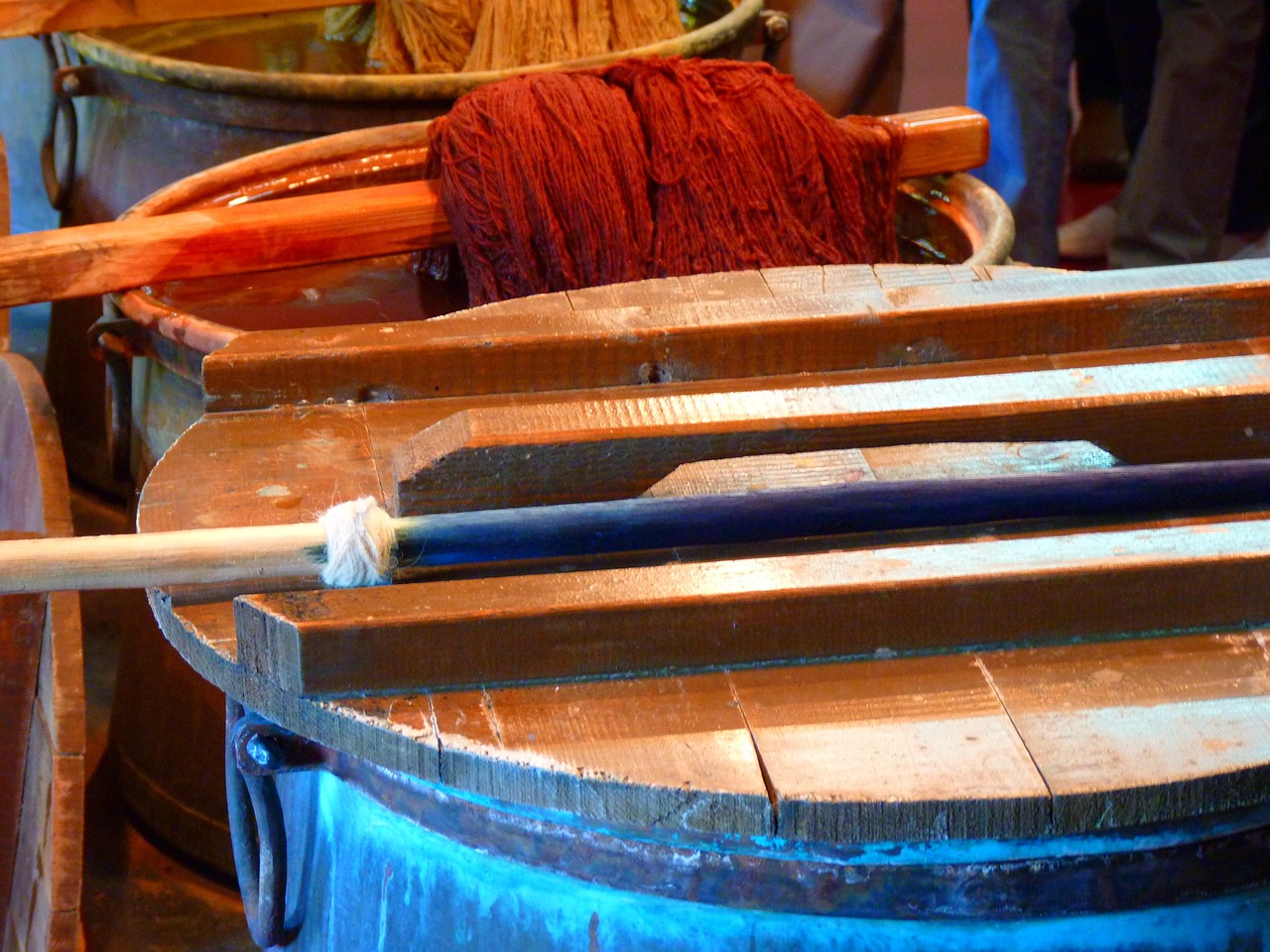What are the Basics of Textile Dyeing?
Textile dyeing is the process of adding colour to fabrics and textiles. Here are the basics of textile dyeing:
- Choose the Dye: Select a dye that is suitable for the type of fabric you are working with. Different dyes work best on specific fibres, such as natural dyes for natural fibres like cotton or wool, or synthetic dyes for synthetic fibres like polyester. Read the instructions and recommendations provided by the dye manufacturer.
- Prepare the Fabric: Prepare the fabric by washing it to remove any dirt, oils, or finishes that may interfere with dye absorption. Follow the fabric care instructions and use a mild detergent. Do not use fabric softeners or any other chemicals that can affect dye absorption.
- Select a Dyeing Method: Choose a dyeing method based on your desired outcome and the equipment you have available. Common dyeing methods include immersion dyeing (where the fabric is fully submerged in a dye bath), hand-painting (applying dye directly onto the fabric with brushes or squeeze bottles), and tie-dyeing (creating patterns by tying or binding sections of the fabric before dyeing).
- Prepare the Dye Bath: If you are using an immersion dyeing method, prepare the dye bath according to the instructions provided by the dye manufacturer. Dissolve the dye in water, considering the recommended dye-to-water ratio and temperature.
- Dye the Fabric: Place the fabric in the dye bath or apply the dye directly to the fabric if you are using a hand-painting method. Ensure that the fabric is fully submerged or evenly covered with the dye. Stir or agitate the fabric gently to ensure even color distribution. Follow the recommended dyeing time provided by the dye manufacturer.
- Rinse and Wash: After the dyeing process, rinse the fabric under running water to remove excess dye. Gradually reduce the water temperature to avoid temperature shock that can affect colour retention. Once the water runs clear, wash the fabric with a mild detergent to remove any remaining dye particles. Rinse again until the water is clear.
- Dry and Set the Color: Hang or lay the fabric flat to dry in a well-ventilated area away from direct sunlight. Once dry, follow the dye manufacturer’s instructions to set the colour. This may involve heat-setting the fabric with an iron or using a fixative to enhance colourfastness.
- Clean Up: Clean all dyeing tools and equipment thoroughly to prevent cross-contamination or accidental staining. Follow proper disposal guidelines for any leftover dye or dye bath.
- Experiment and Explore: Textile dyeing is a creative process that allows for experimentation and exploration. Play with different dye colours, dyeing techniques, fabric types, and patterns to create unique and personalized textiles. Keep records of your dye recipes and techniques to replicate or adjust your results in future projects.
- Practice Safety Precautions: When working with dyes, follow safety guidelines provided by the dye manufacturer. Wear protective gloves, goggles, and an apron or protective clothing to avoid skin contact and staining. Work in a well-ventilated area or use a respiratory mask if needed.
Remember, textile dyeing requires practice and experimentation to achieve desired results. Start with small projects and gradually expand your skills and techniques. Enjoy the creative process and the transformation of fabrics into vibrant, colourful textiles.

